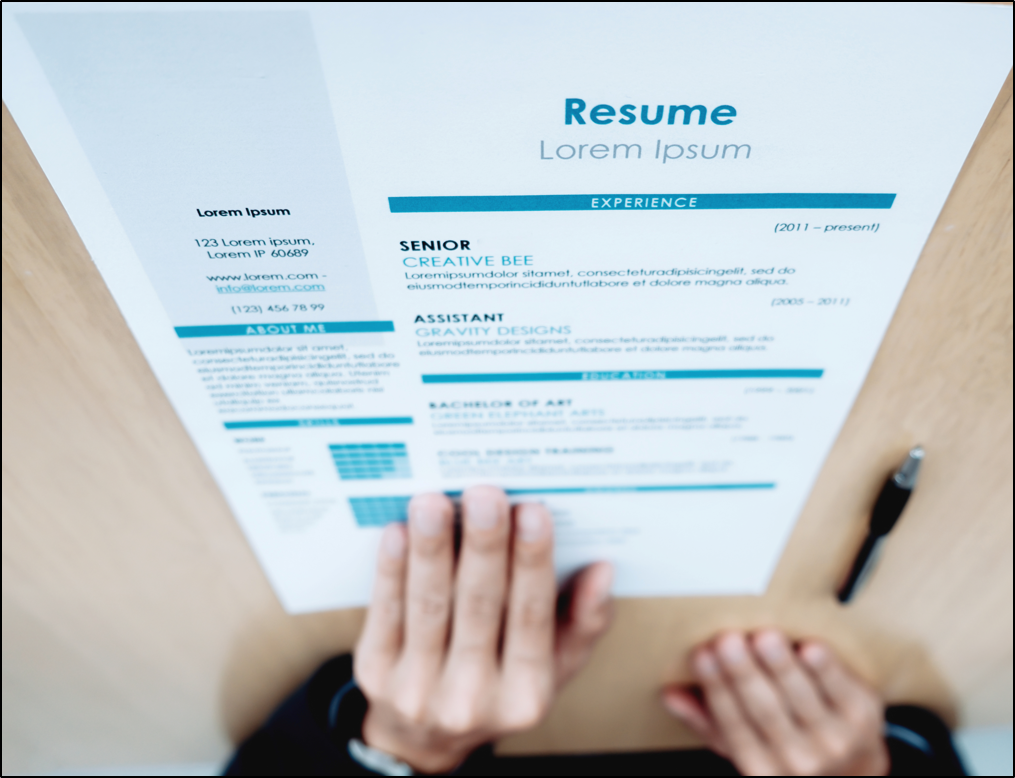Learn these tips when creating your Resume

Ever wondered how to make professional looking CVs that stand out from the rest? This guide will give you some insights on where or how to get started when making a resume. For most job seekers, having a good CV is what is between a dream job and a job you have little to no interest in. Write your CV correctly and you will get responses from all the other companies you apply to.
If your CV or resume is weak, you'll end up sitting around for weeks, or even months, before you even get a single call for an interview. So you're probably wondering how to write a CV that leads HR managers to invite you for daily interviews. You've come to the right place. We will provide you a step by step instruction on how to make your CV.
- Choose a Professional Resume Template.
- Use professional fonts
- Keep your resume to the point.
- Structure your Resume
- Highlight your important achievements
- Proofread
You can choose from our Resume Templates and create a CV for absolutely free. Go create a free cv online and get started now. No sign up required.
Because employers only take a few seconds to look over your resume, it should be as concise and straightforward as possible. Any superfluous whitespace should likewise be minimized or eliminated. Too much white space on your resume might make it appear sparse, which can distract the reader and raise a red flag. You make it easy for the resume reader to focus on the content of your resume rather than the empty spaces by decreasing unnecessary white space.
Your resume should identify the specific position you are applying for. Sending your same CV to all of the positions you apply for is disastrous. Make sure you prioritize your skills and qualifications for each job position you intend to apply. Your resume should be focused and clear. An easy way to keep your CV in shape is to include only recent and relevant experience. While you may have learned a lot about the field in your first or second year, it is not always necessary to include all of the details of your overall professional history.
Make sure the material on your resume is presented in a logical order when you're writing it. Starting at the top and working down, a recruiting manager will study your resume. Even if they don't read the whole article – which happens a lot – you still want to make sure your most important ideas are conveyed. Choose three or four previous jobs or experiences that best demonstrate the skills needed for the job you're looking for. Employers value conciseness.
Choose your top three or four most important achievements in each capacity you've held instead of detailing your job duties under the experience area. Include metrics that evaluate your success for that specific goal or achievement, if possible. You might want to add a separate "Achievements" or "Skills" section to highlight specific accomplishments in your schooling, profession, volunteer work, or other activities.
You should review your resume numerous times before emailing it to ensure there are no spelling or punctuation issues. While there are various proofreading applications and tools available, it is also beneficial to have your resume reviewed by trustworthy friends or coworkers. It might be beneficial to have an independent third party review your resume in the role of an employer in order to identify areas where you can enhance or modify it.
Throughout the recruiting process, employers use resumes to learn more about applicants and determine if they are a suitable fit. Your CV should be simple to read, emphasize relevant experience, and outline your accomplishments and talents.